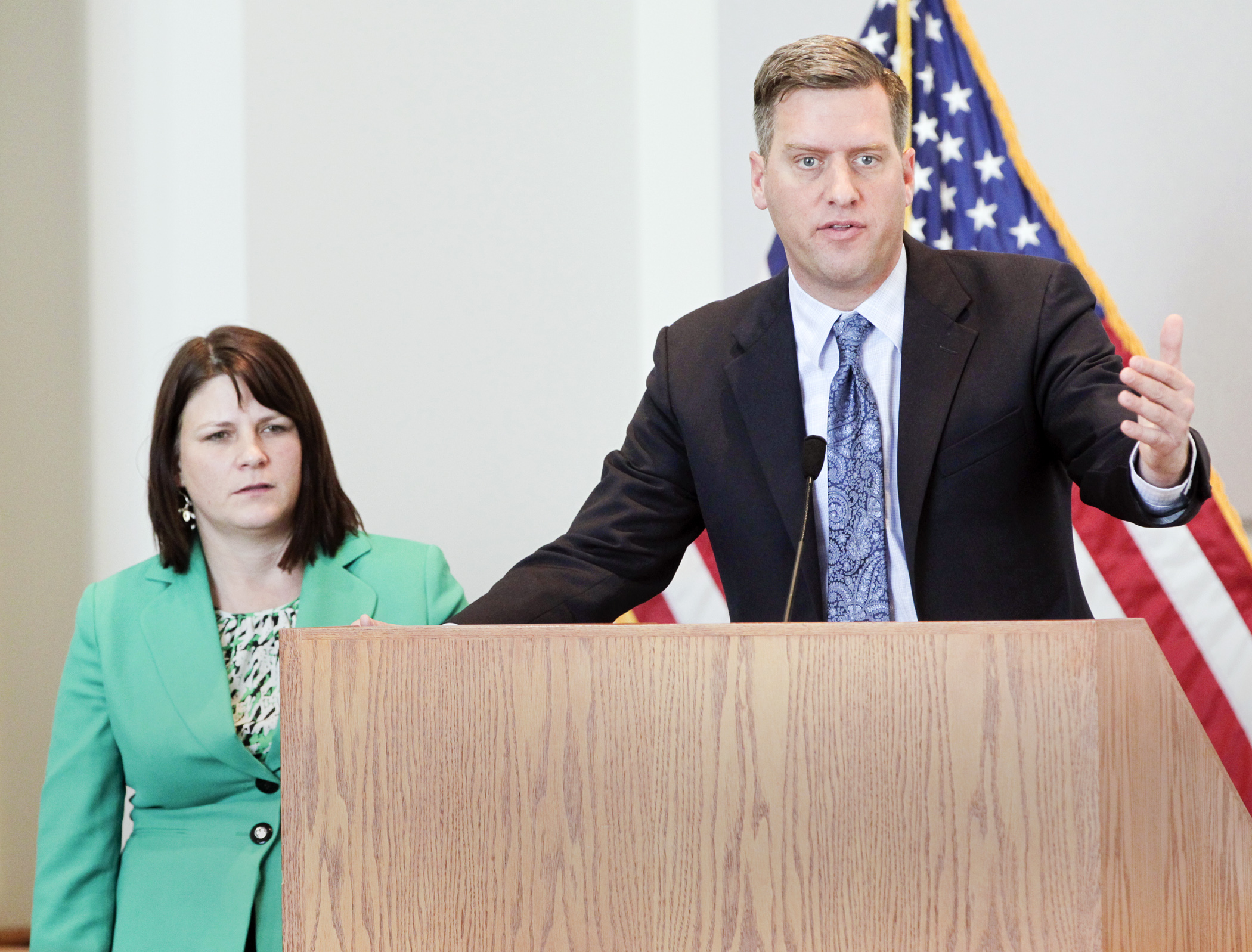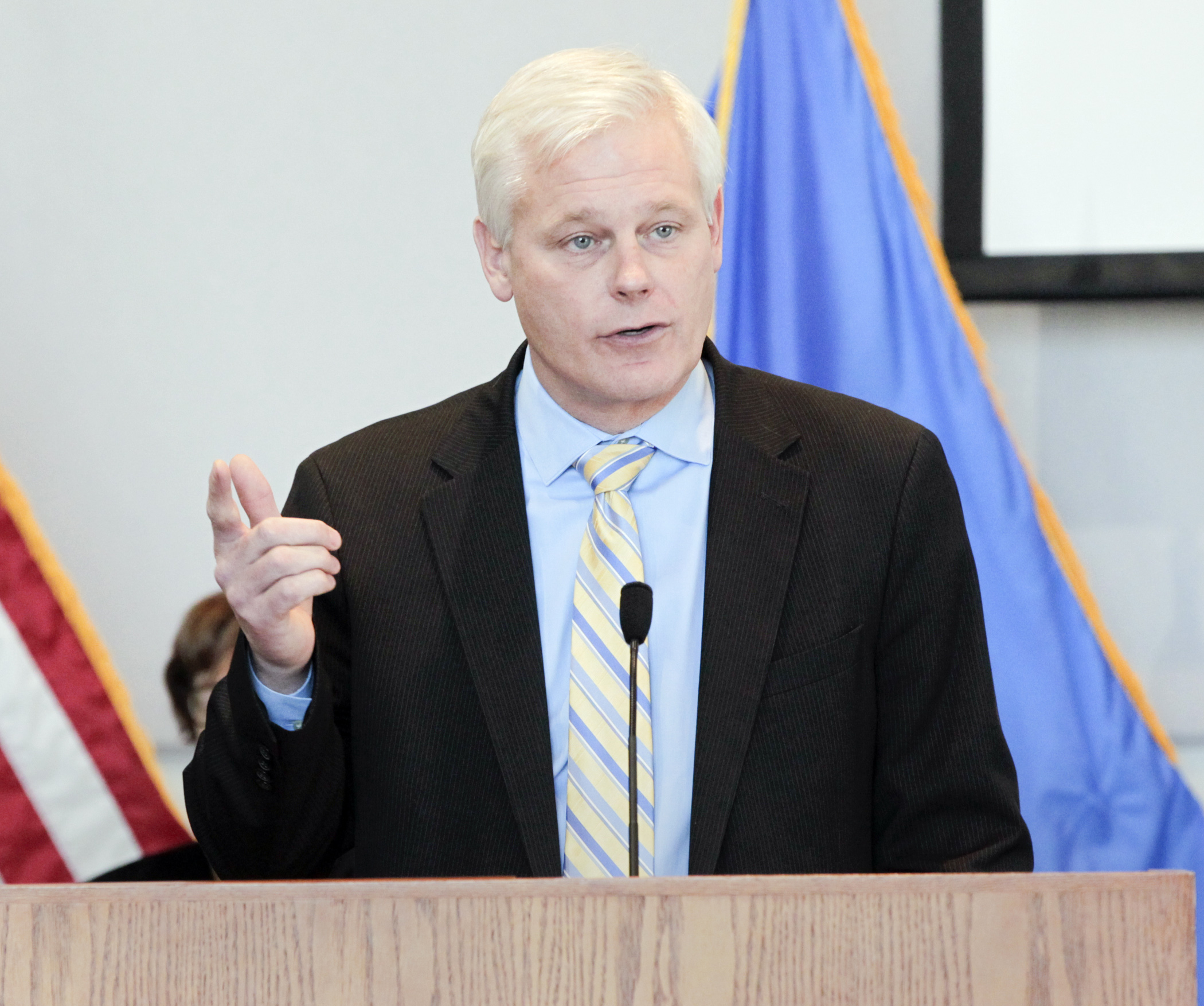State’s projected budget surplus swells to nearly $2 billion

(Updated)
State finance officials project that Minnesota will have a nearly $1.9 billion surplus next year, giving Gov. Mark Dayton and lawmakers plenty to chew over as they prepare for an abbreviated election-year session in 2016.
Minnesota Management & Budget officials on Thursday released the second of two annual economic forecasts, projecting a 2016-17 budget surplus that has grown by roughly $1 billion since lawmakers left $865 million unspent at the conclusion of the 2015 session.
State law directs $594 million be funneled to the state’s budget reserve, and allocates $71 million to environmental funds. That would leave lawmakers with an available $1.2 billion balance.
“Overall, this is very good news for Minnesota in terms of the economy,” Dayton said following the release of the forecast.
VIEW the complete forecast, a one-page summary, news conference handout
The release of another report on the state’s fiscal health is due before the Legislature convenes March 8, but Thursday’s forecast release sets the stage for the governor and legislative leaders to begin laying out their election-year priorities. Lawmakers must complete their work by May 23.
The key, Dayton said, is to “be responsible with it,” saying past governors and legislatures risked the state’s financial health by mishandling budget surpluses.
Some agreement on priorities
Transportation funding and tax relief figure to be atop lawmakers’ to-do lists, legislators from both sides of the aisle indicated during afternoon news conferences.
Dayton called for lawmakers to prioritize middle-class tax cuts and increased transportation spending in light of the budget forecast, calling on legislators to devise what he called “a real solution” to meet Minnesota’s mounting transportation needs.
Both the governor and Senate DFL leaders indicated they are open to using one-time surplus dollars to help meet what transportation officials have said is a $6 billion-and-growing funding gap, something that was part of a long-term road and bridge plan put forward by House Republicans during the 2015 session.
House Speaker Kurt Daudt (R-Crown) said that plan would adequately address those transportation needs, while Dayton and House Minority Leader Paul Thissen (DFL-Mpls) made clear they believed more ambitious investment is needed in road infrastructure and transit — something left entirely out of the Republican proposal.
WATCH House/Senate DFL response to release of the November Budget and Economic Forecast on YouTube
For House and Senate Republican leaders, the projected surplus made clear what the Legislature’s No. 1 goal should be: cutting taxes.
“We have overcollected taxes,” said House Majority Leader Joyce Peppin (R-Rogers), with Daudt adding later: “It’s time to put money back in Minnesotans’ pockets.”
Dayton, Thissen, and Sen. Rod Skoe (DFL-Clearbrook), chair of the Senate Taxes Committee, all expressed a desire for some kind of tax relief. How their plans would compare to a Republican tax cut proposal were not made apparent Thursday.
 House Minority Leader Paul Thissen comments after the November Budget and Economic Forecast was released Dec. 3. Photo by Paul Battaglia
House Minority Leader Paul Thissen comments after the November Budget and Economic Forecast was released Dec. 3. Photo by Paul BattagliaWhat’s driving projected surplus?
Consumer spending — spurred on by an improved job market and low gas prices — have fueled the projected increase in the state’s budget surplus, state finance officials said.
State Economist Laura Kalambokidis noted, however, troubling signs are present, too.
A tightened state labor market means lower unemployment but fewer job opportunities; the nation’s economic outlook has weakened, due in part to a strong U.S. dollar hurting exports; projected wage growth continues to stagnate; and Minnesota’s agriculture, mining and manufacturing industries have struggled in 2015.
Indicators like that show not all Minnesotans are sharing in the state’s improved economy, Thissen said. He called for more investment on things like social programs to address racial and socioeconomic disparities in the state, Greater Minnesota broadband Internet expansion and early childhood education.
He called the forecast “an opportunity to hit the reset button” on opportunities missed during the 2015 session.
“It gives us a real chance to make progress for ordinary Minnesotans,” Thissen said.
Related Articles
Search Session Daily
Advanced Search OptionsPriority Dailies
Ways and Means Committee OKs proposed $512 million supplemental budget on party-line vote
By Mike Cook Meeting more needs or fiscal irresponsibility is one way to sum up the differences among the two parties on a supplemental spending package a year after a $72 billion state budg...
Meeting more needs or fiscal irresponsibility is one way to sum up the differences among the two parties on a supplemental spending package a year after a $72 billion state budg...
Minnesota’s projected budget surplus balloons to $3.7 billion, but fiscal pressure still looms
By Rob Hubbard Just as Minnesota has experienced a warmer winter than usual, so has the state’s budget outlook warmed over the past few months.
On Thursday, Minnesota Management and Budget...
Just as Minnesota has experienced a warmer winter than usual, so has the state’s budget outlook warmed over the past few months.
On Thursday, Minnesota Management and Budget...